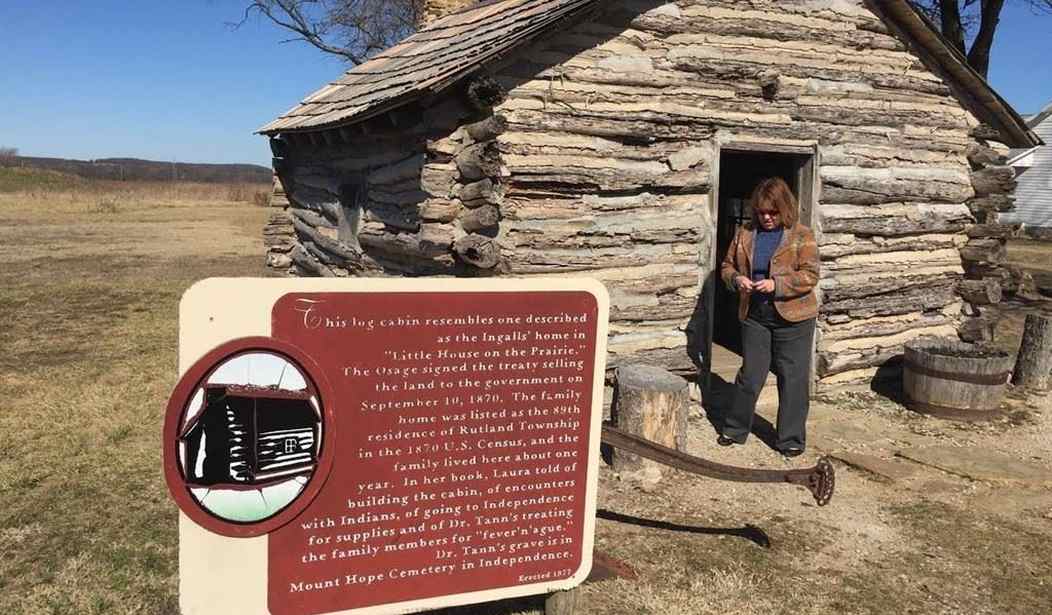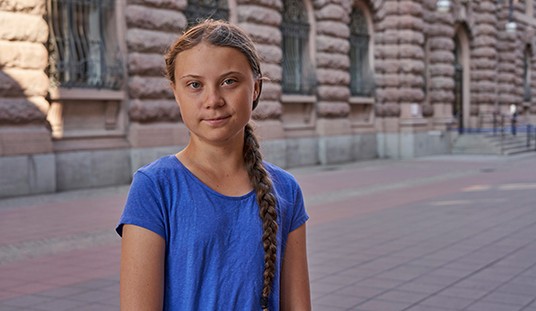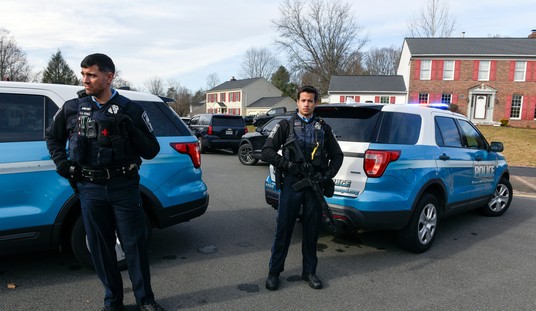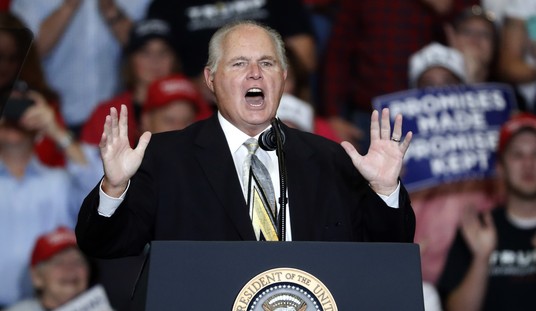When I was 16, my grandfather and I, both natives of northeast Kansas, the latter having ridden his bicycle 3,000+ miles across Canada at the age of 65, rode for two weeks from the eastern border with Missouri to the western border with Colorado and back again.
It was an eye-opening experience for me, having never really been west of Topeka and having grown up mostly in Atlanta.
Related: Converted Pagan Headhunters and the Shining City on a Hill
Over miles and miles of flat land with very few trees, you knew you were coming up on a town when it appeared as a tiny dot on the seemingly infinitely expansive horizon, maybe ten miles out — or more, I don’t really know.
In those towns — Hoisington, Ness City, Tribune, to name but a few that we rode through, and which greeted us enthusiastically as probably the only “tourists” they’d had all year — were typically maybe 100-1,000 residents.
We met a mayor, a retiree doing a part-time gig, drinking coffee in one of these towns with maybe 100 people.
They still had their main streets intact, mostly, with one or two tiny retail shops on the outskirts, not being large enough to qualify for a Walmart.
They were like something out of an old Western.
And today, their houses are going for as little as fifty grand.
Via Realtor.com (emphasis added):
The same phenomenon of rural flight exists in rural Ukraine, where my wife is from. The villages are mostly populated by older people, the young having all fled to greener pastures, or so they think, in the larger cities — or else out of the country entirely into Europe because of the war and economic reasons.Home ownership is a dream that, for some, feels increasingly out of reach, particularly in the midst of a turbulent economy and rising prices in many metropolitan areas. As of July, the national median list price hit $439,450, according to Realtor.com® data, a sum that many simply cannot afford…
While a Cybertruck will set you back at least $99,990 for the most basic model, according to Tesla's website, in rural Kansas, homes can be found for less than half that amount.
Driving through the central east of Kansas, you’ll encounter towns that look like they belong in a museum or old movie set—open skies and stretches of land with not a soul in sight, where tumbleweeds might roll across the road at any minute…
Populations are dwindling at such a rate they may not even warrant the label "town" anymore. In a string of places—Coldwater, KS; Protection, KS; Ashland, KS; and Englewood, KS—the number of residents has halved since the 1930s, according to U.S. census data. And these are just a small example—a drop in the pool of middle-country towns in the same predicament.
It’s a symptom of a changing country. From Kansas to Pennsylvania, there’s been a decline in industry; manufacturing giants have fled to cheaper areas—and agriculture, once the backbone of these regions, is far less profitable for family farms thanks to rising costs, less productive land, and thin profit margins…
A lot of this emptying out can be attributed to aging out. Simpson, who works primarily with agricultural land and farmsteads, says that, with industry and local commerce gone, people leave and then never return—lowering the value of the land and properties…
“We’re seeing homes sell for $50,000 to $85,000—especially old farmsteads that have been broken off larger parcels.”
I floated the idea to my wife of possibly relocating at some point to Western Kansas somewhere — this being the only part of the country I could conceivably currently hope to afford a house in.
She’s not overly keen on the prospect.
But, maybe, someday.
The Midwest lives on in my heart, even though I haven’t set foot on American soil in almost a decade.










